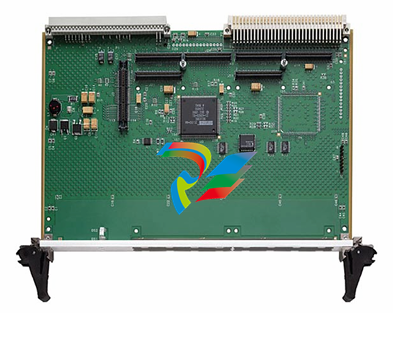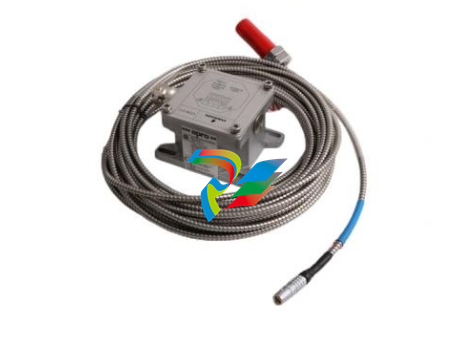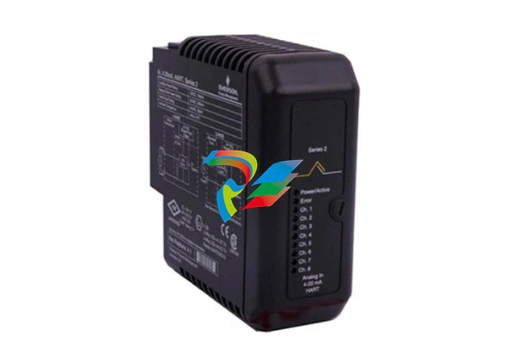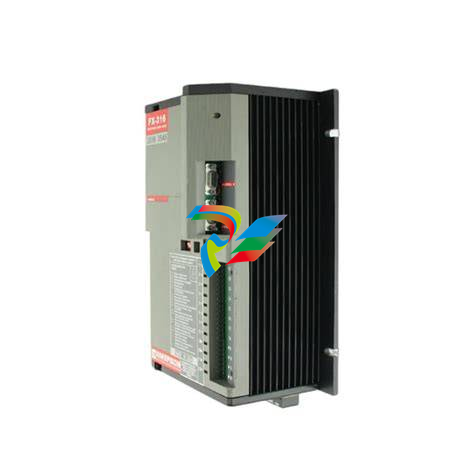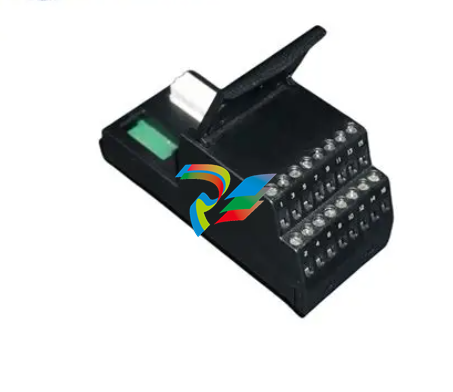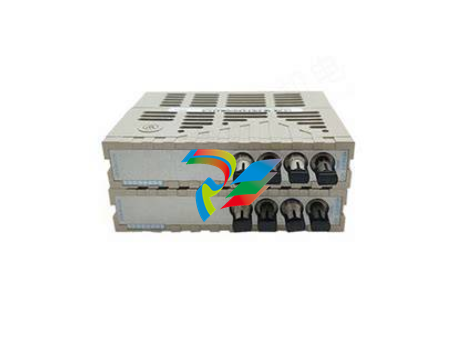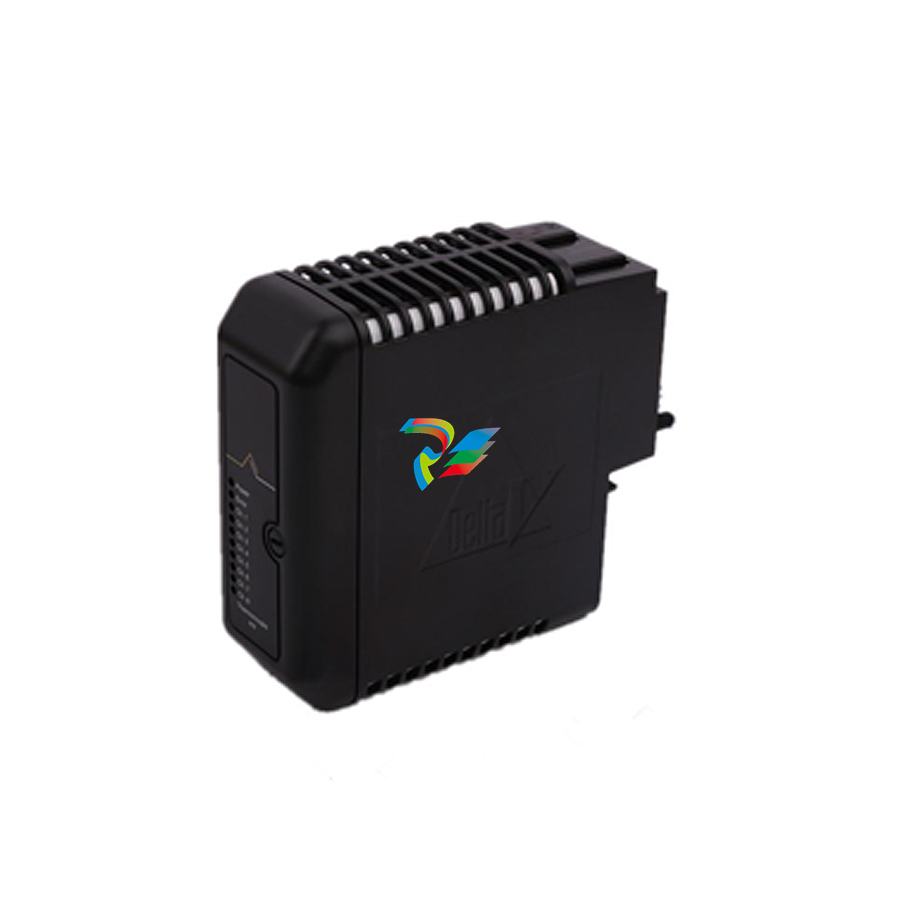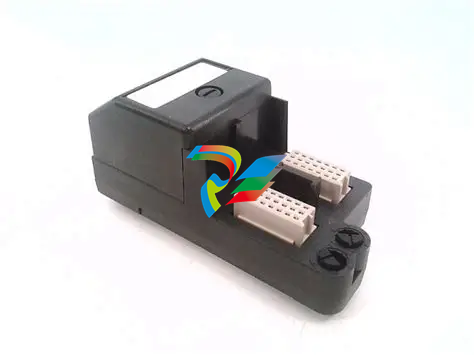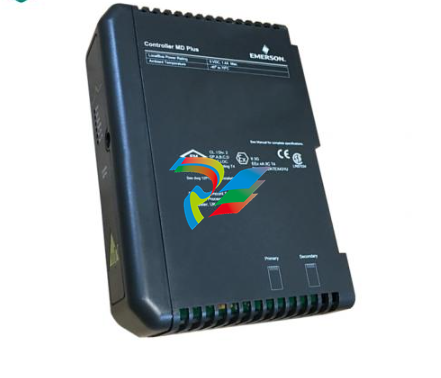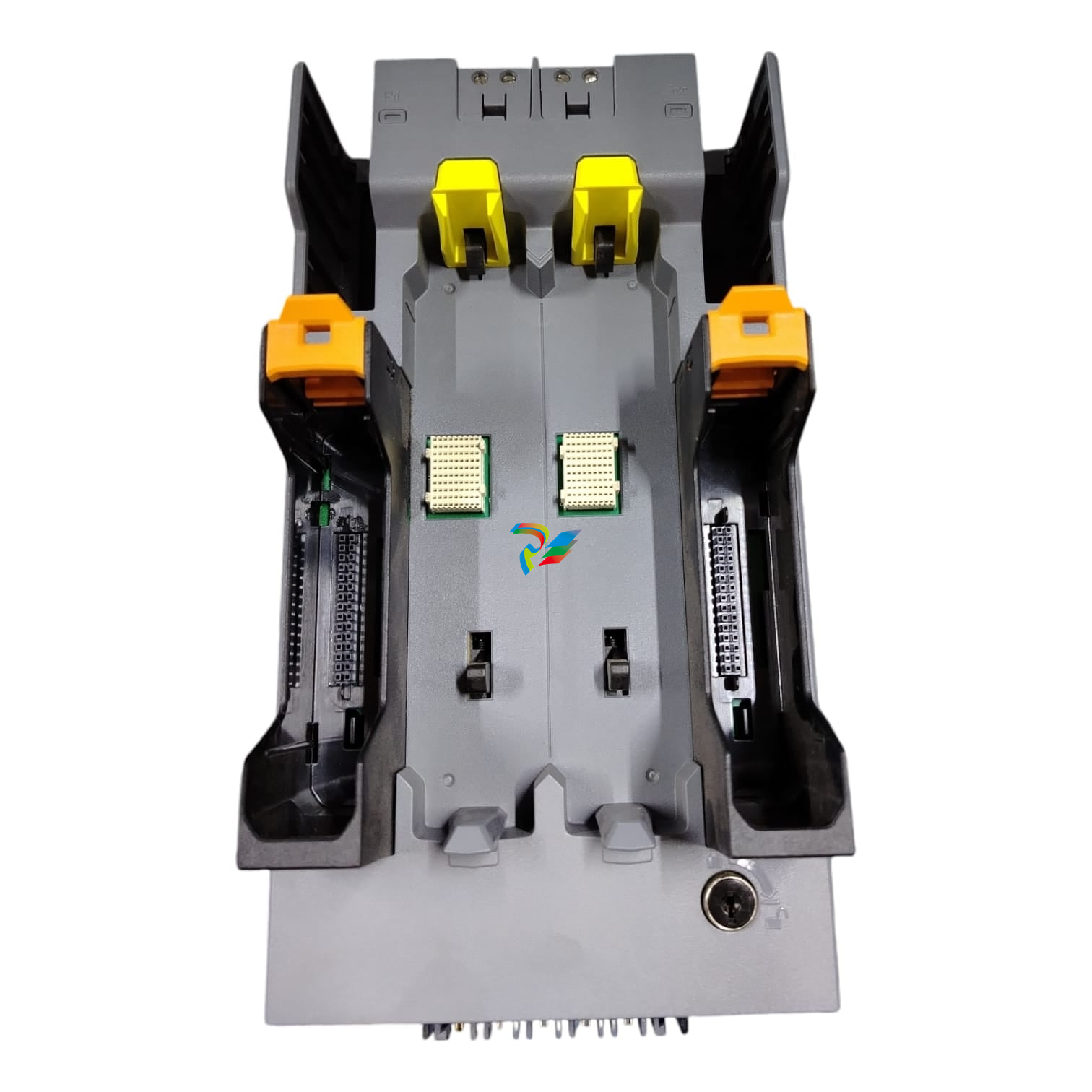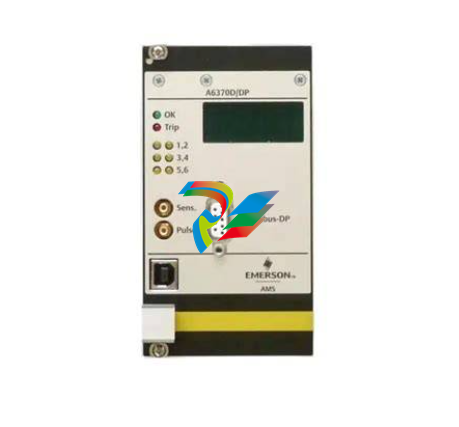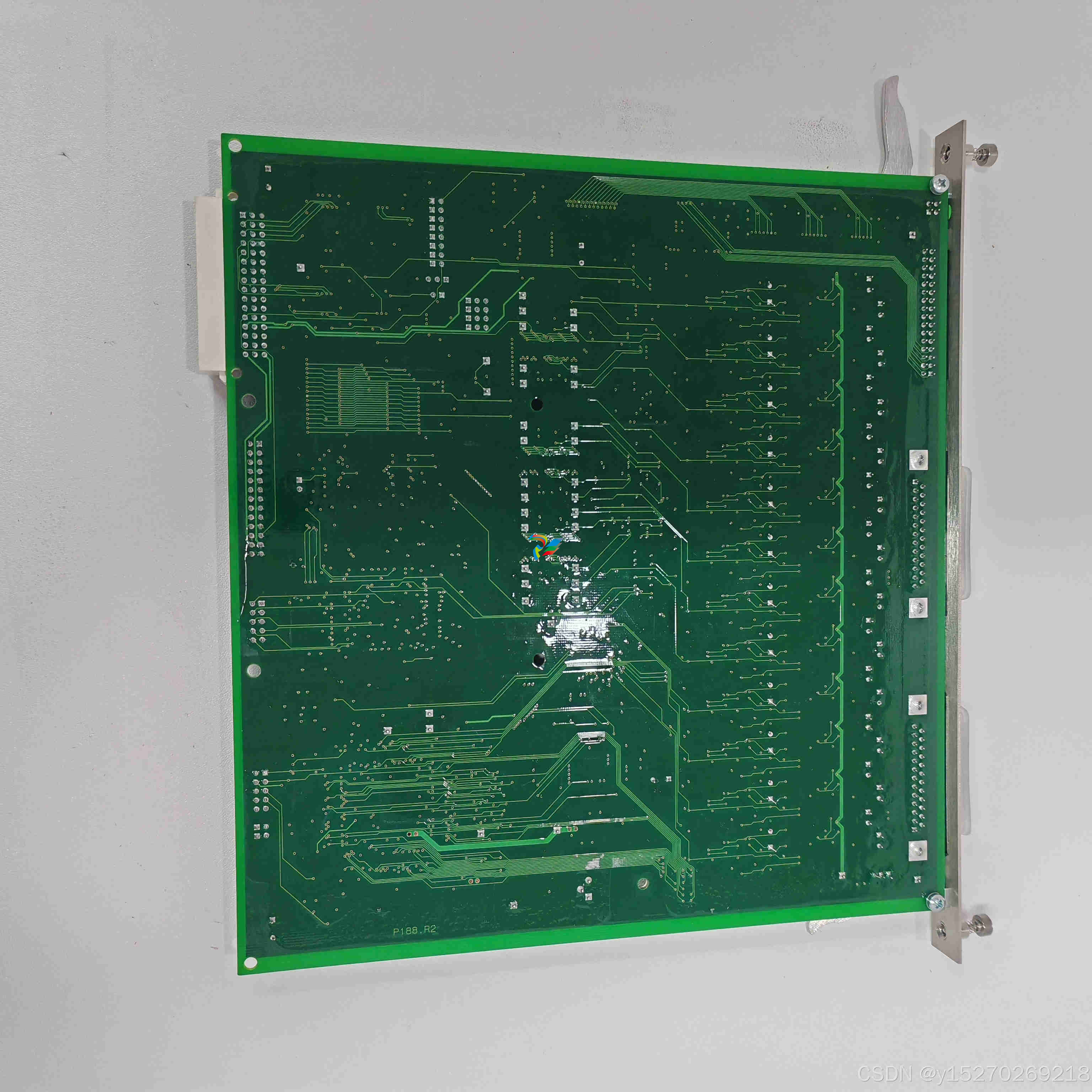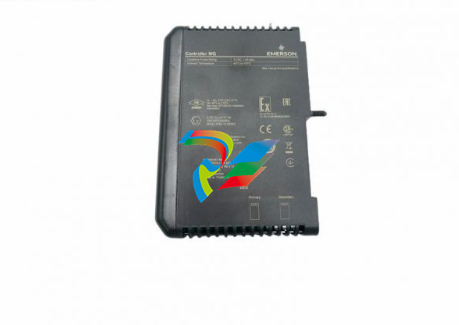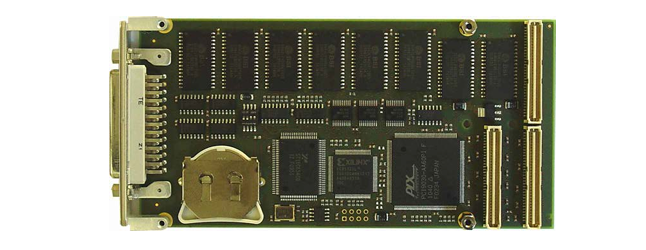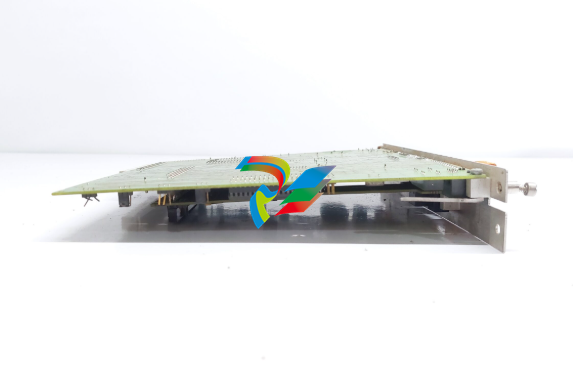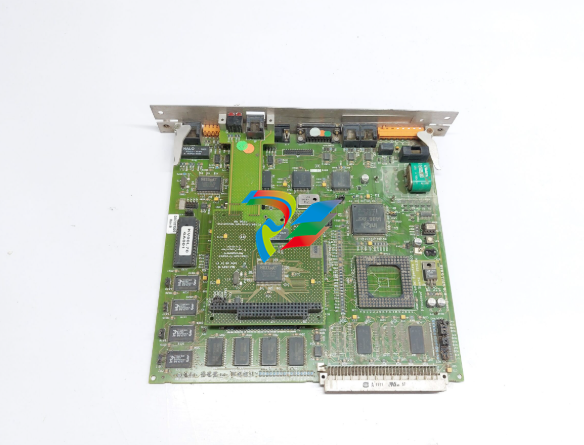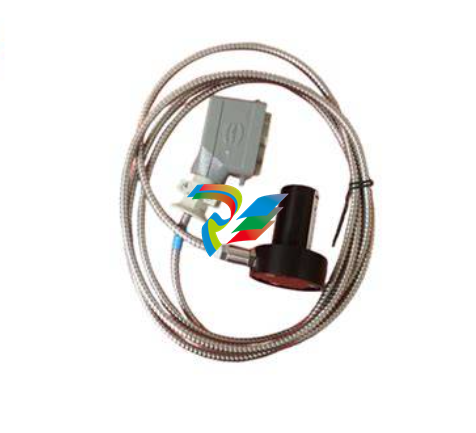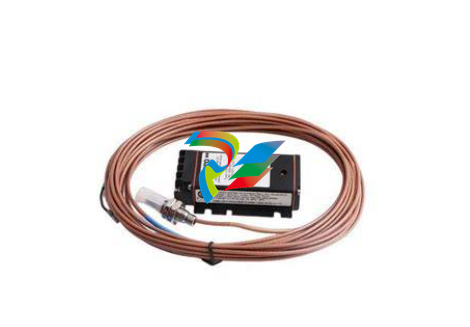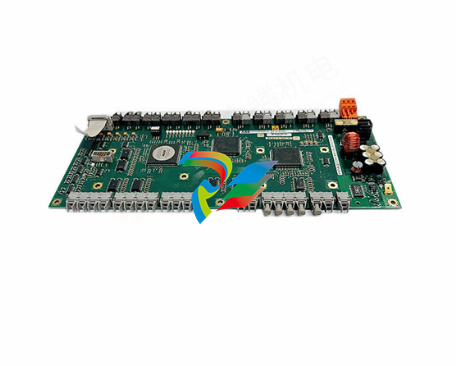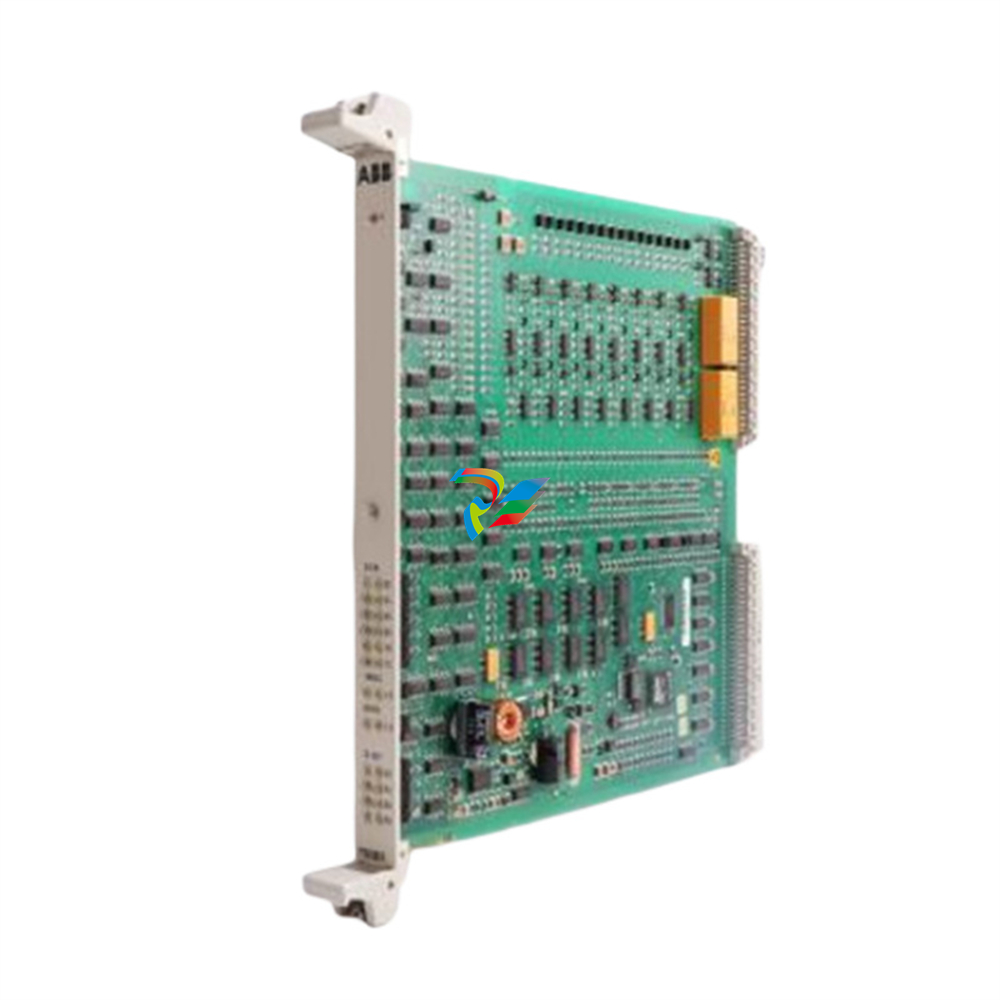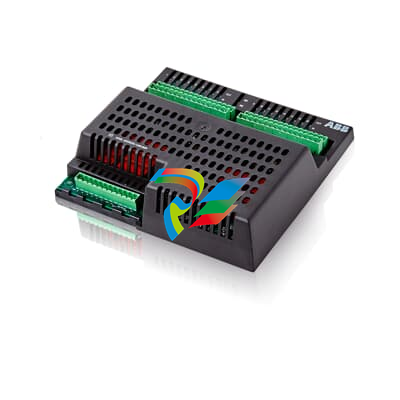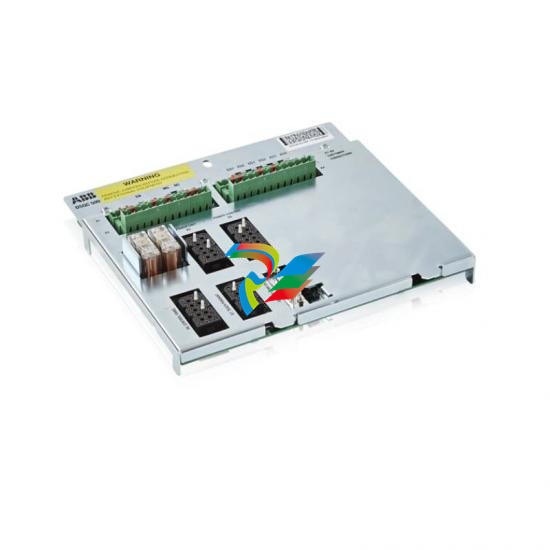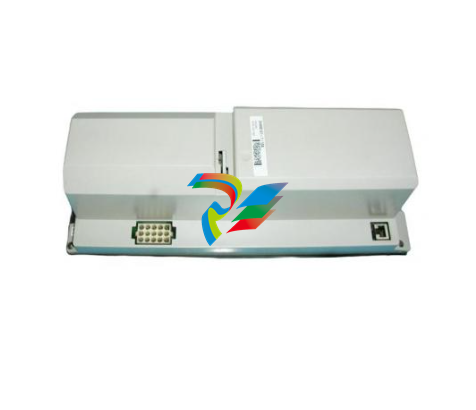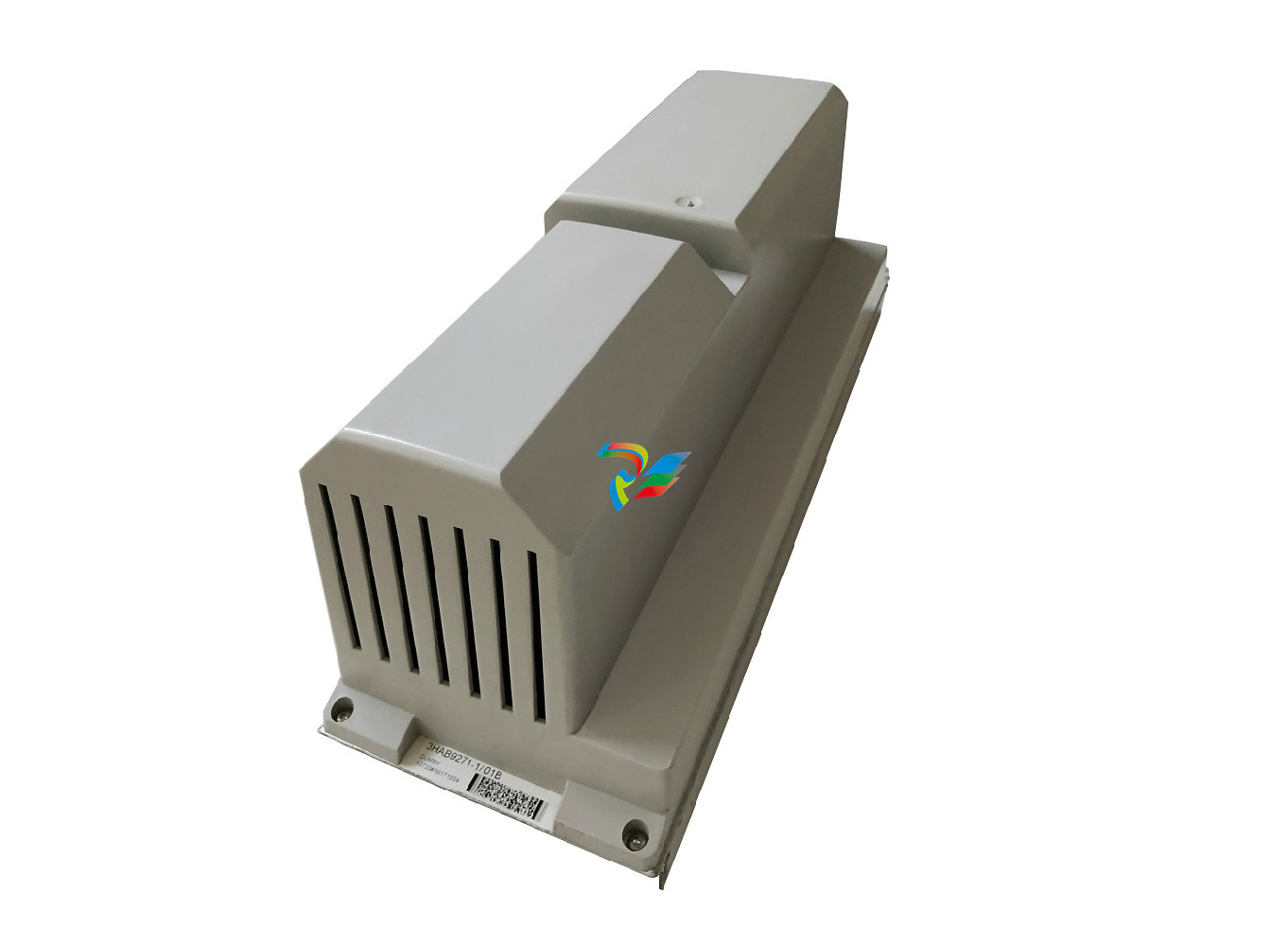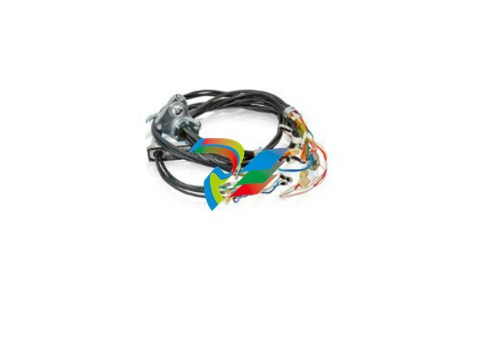
ABBSummary of RTU560 Remote Terminal Unit
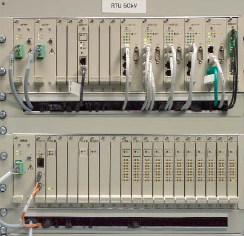
# Summary of ABB RTU560 Remote Terminal Unit ## I. Product Overview RTU560 is a Remote Terminal Unit launched by ABB, specifically designed for energy system operation. It is applicable to multiple types of energy networks, including electrical transmission and distribution networks, gas, oil, water, wastewater, and district heating grids. Its core goal is to meet monitoring, control, and communication needs in complex network environments, supporting network expansion, high availability requirements, and modernization (retrofit). Meanwhile, it achieves flexible adaptation and cost optimization through standardized protocols and modular design . ## II. Core Application Scenarios Based on modular design, RTU560 can meet three core application requirements:
### 1. Remote Control - **Core Functions**: Collect on-site data (such as switch status, analog measurements) through hardwiring and upload it to the superior control system; support remote control of on-site equipment. - **Technical Features**: Adopt a multi-processor architecture, support direct access to 110-220V DC binary I/O (no intermediate relays required), and integrate PLC functions compliant with the IEC 61131-3 standard to implement automated logic control . - **Advantages**: Suitable for cost-optimized solutions from small to large complex power stations, supporting function expansion and ensuring the safety of process control . ### 2. Communication Gateway - **Core Functions**: Simplify complex front-end communication structures,下沉 centralized communication functions to the station level, optimize bandwidth utilization, and reduce the demand for communication lines. - **Technical Features**: Support multi-protocol conversion (such as IEC 60870 series, DNP 3.0, Modbus, etc.) and adapt to TCP/IP networks and various communication media (fiber optics, radio, dial-up modems, etc.) . - **Advantages**: Improve Wide Area Network (WAN) availability, reduce data engineering costs, and support redundant configurations (communication lines, units, power supplies) to meet high availability requirements .
### 3. Station Automation - **Core Functions**: Integrate protection and control equipment, metering devices, and automation products, provide local monitoring and control capabilities, and support the transmission of disturbance records and load curves. - **Technical Features**: Integrate a Human-Machine Interface (HMI), support the IEC 60870-5-103 protocol for connecting Intelligent Electronic Devices (IEDs), and enable step-by-step retrofit of digital bay controllers . - **Advantages**: Reduce costs through unified data engineering, transmit fault data using existing communication networks, and adapt to mixed scenarios of old and new equipment .
## III. Core Advantages 1. **Flexible and Scalable System Architecture** - Modular hardware and software design support on-demand expansion of I/O, communication, and redundant configurations, adapting to networks of different scales (from small distribution stations to large complex power stations). - Adopt a multi-processor architecture (CMU boards), with internal communication ensuring data consistency, enabling distributed operation of communication tasks, and performance configurable on demand . 2. **High Reliability and Redundant Design** - Support multi-level redundancy: redundant power supplies (2×100% load), redundant communication units (CMU board active/standby switchover), and redundant communication lines (parallel or active/standby switchover mode). - Real-time monitoring of hardware and software, all modules are maintenance-free, with few types of spare parts (only 5 types of I/O modules), reducing inventory and maintenance costs . 3. **Accurate Time Synchronization and Event Recording** - Event time resolution reaches 1ms, supporting synchronization methods such as GPS, DCF77, SNTP V4, and IRIG-B, with absolute time accuracy ≤5ms (GPS/DCF77). - Can maintain a time accuracy of approximately 2ppm even after synchronization loss, ensuring the accuracy of cross-station event analysis . 4. **Powerful Communication and Protocol Compatibility** - Support multiple standard protocols: communication with control systems (IEC 60870-5-101/104, DNP 3.0, Modbus, etc.); communication with IEDs/sub-RTUs (IEC 60870-5-102/103, SPA-Bus, etc.). - Adapt to various communication media: RS 232C/485/422, fiber optics, radio, dial-up modems, TCP/IP networks, etc. . 5. **Integrated HMI and Diagnostic Functions** - Built-in HMI supports local/remote monitoring, visualizes power station status through single-line diagrams, and events and alarms can be exported to CSV format, compatible with Excel analysis. - Web server-based diagnostic functions require no dedicated tools, enabling remote access via LAN/WAN, supporting configuration checks, software upgrades, and fault analysis, reducing maintenance costs . 6. **Efficient Engineering and Programming Capabilities** - The engineering tool RTUtil 560 supports Windows systems, is compatible with Excel signal list import, simplifying large-scale data entry; follows the IEC 61346-1 standard, supporting hierarchical configuration of signals, hardware, and communication data. - Integrated PLC functions, compliant with the IEC 61131-3 standard, support 5 programming languages (FBD, LD, SFC, IL, ST), enabling sequential control or closed-loop control without additional PLC systems . ## IV. System Architecture and Hardware Design ### 1. Hardware Models and Configurations RTU560 offers three models to adapt to different scale requirements: - **RTU560A (Standard Type)**: Supports multiple communication links, with up to 2 communication subracks, suitable for large power stations (data points >1000). - **RTU560C (Compact Type)**: Supports up to 2 CMU motherboards, with I/O subracks supporting 4 peripheral bus segments, suitable for medium-sized power stations (data points 100-1000). - **RTU560E (Economic Type)**: Compact design, suitable for small power stations (data points <100), supporting centralized or distributed architectures . ### 2. Core Hardware Modules - **Communication Modules**: Include serial interface boards (560SLI02), Ethernet adapters (560ETH03), and communication units (560CMU04/80), supporting multi-protocol and redundant communication . - **I/O Modules**: Few and generalized types, including binary input/output boards, analog input/output boards, etc., supporting direct access to 110-220V DC signals (no intermediate relays required), reducing the types of spare parts . - **Power Supply Modules**: Support 24-220V DC or 110-230V AC input, redundant design (each承担 100% load), and support hot swapping . ## V. Key Technical Parameters | Category | Core Parameters | |-------------------|---------------------------------------------------------------------------------| | Processing Capacity | Supports up to approximately 3000 directly connected data points (including IED and sub-RTU data), expandable on demand. | | Time Synchronization | Event time resolution: 1ms; synchronization methods: GPS, DCF77, SNTP V4, IRIG-B; accuracy: ≤5ms. | | Communication Interfaces | Serial interfaces (RS 232C/485/422), Ethernet (10/100 BaseT), supporting fiber optic couplers. | | I/O Modules | Binary inputs: 16 channels/board (24-60V DC or 110-220V DC);<br>Binary outputs: 16 channels/board (relay output, max. 220V DC);<br>Analog inputs: 8 channels/board (accuracy <0.1%, 12-bit + sign);<br>Analog outputs: 2 channels/board (4-20mA, etc.). | | Environmental Adaptability | Operating temperature: -10~+55℃ (RTU560E: -20~+55℃); humidity: 5%~95% (non-condensing). | | Redundancy Support | Redundant power supplies, communication units (CMU), communication lines (parallel or active/standby switchover). | | Protocol Support | IEC 60870-5-101/102/103/104, DNP 3.0, Modbus, SPA-Bus, RP 570/71, etc. | ## VI. Summary RTU560 meets the diverse needs of energy systems for remote monitoring, control, and communication through modular design, multi-protocol compatibility, redundant configuration, and integrated functions. Its core values lie in: 1. **Flexibility**: Adapting to application scenarios from small and medium-scale to large complex networks, supporting step-by-step expansion and modernization. 2. **Reliability**: Redundant design and accurate time synchronization ensure high availability and reduce the risk of system interruptions. 3. **Cost-effectiveness**: Generalized hardware reduces spare part costs, and Excel integration and web diagnostics lower engineering and maintenance costs. 4. **Compatibility**: Supporting multiple standard protocols and communication media, seamlessly connecting to existing control systems and intelligent devices. RTU560 has achieved over 10,000 installations worldwide and is a key device for efficient operation of energy systems .
